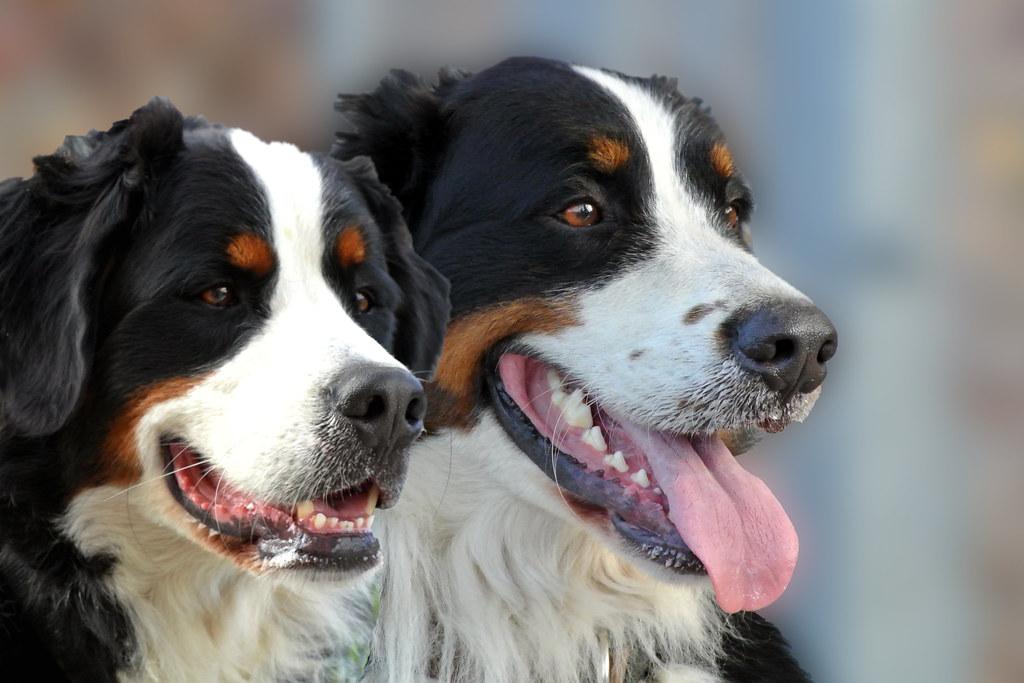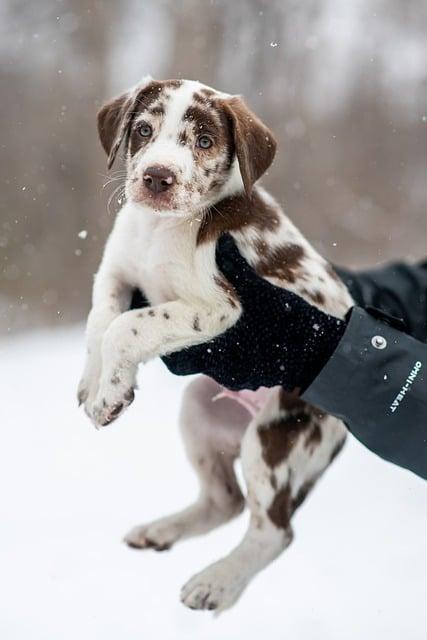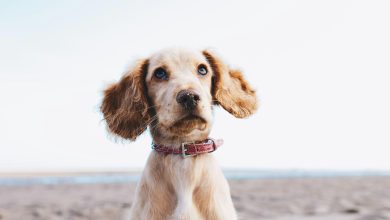Is It Risky to Expose Your Dog to Busy Environments Early On

In the bustling heart of urban life, where the symphony of honking cars, chattering pedestrians, and distant sirens create a constant hum, a curious debate unfolds among dog owners and experts alike: Is it risky to expose your furry companion to such busy environments early on? As the world becomes increasingly urbanized, the question of how these vibrant settings impact our canine friends has become more pressing than ever. While some argue that early exposure can foster resilience and adaptability, others caution against the potential for stress and anxiety. In this exploration, we delve into the intricacies of canine development, weighing the benefits and drawbacks of introducing your dog to the hustle and bustle from an early age. Join us as we unravel this complex tapestry, seeking to understand whether the streets of the city are a playground or a peril for our beloved pets.
Understanding Canine Socialization: The Role of Busy Environments
Navigating the complexities of canine socialization, particularly in bustling environments, can be a pivotal part of a dog’s development. While these lively settings can offer invaluable experiences, they also present unique challenges. Dogs are naturally curious and social creatures, and exposing them to diverse stimuli can enhance their adaptability. Busy environments, such as parks, city streets, or outdoor markets, introduce a range of sounds, sights, and smells that can be beneficial for a dog’s growth if managed correctly.
However, it’s essential to recognize the potential stressors these environments may impose. When introducing your dog to a crowded setting, consider the following strategies:
- Start with shorter visits and gradually increase exposure time.
- Ensure your dog has a safe space to retreat if overwhelmed.
- Pay attention to their body language for signs of distress.
- Provide positive reinforcement to encourage calm behavior.
By carefully balancing exposure and comfort, you can foster a well-rounded and resilient companion. The key is to tailor experiences to your dog’s unique personality and comfort level, creating a positive foundation for their social journey.
Navigating Stress and Stimulation: Key Considerations for Young Dogs
When introducing young dogs to bustling environments, it’s crucial to strike a balance between exposure and overstimulation. Early socialization can be beneficial, but it requires careful management to ensure a positive experience. Here are some key considerations:
- Timing: Gradually increase the complexity of environments as your dog matures. Begin with quieter settings before progressing to more dynamic ones.
- Observation: Pay close attention to your dog’s body language. Signs of stress such as excessive panting, yawning, or tail tucking indicate it’s time for a break.
- Positive Reinforcement: Reward calm behavior with treats and praise. This encourages confidence and a positive association with new experiences.
- Safe Retreat: Ensure your dog has a comfortable space to retreat to if they become overwhelmed. This could be a familiar crate or a quiet room.
By carefully considering these factors, you can help your young dog navigate new environments with confidence and ease, laying the foundation for a well-adjusted adult dog.

Benefits and Drawbacks: Evaluating Early Exposure to Bustling Spaces
Exposing your dog to bustling environments early in their life can come with its own set of benefits and drawbacks. On the positive side, early exposure can enhance your dog’s social skills and adaptability. Dogs that are accustomed to noisy and busy settings are often less anxious and more confident in new situations. This can lead to a well-rounded, resilient companion who is comfortable in a variety of environments, from crowded parks to lively city streets. Moreover, such exposure can be a great way to stimulate their senses, providing mental enrichment that keeps them sharp and engaged.
- Improved social skills – Dogs become more sociable and comfortable around other people and pets.
- Increased adaptability – Helps in adjusting to different situations and surroundings.
- Mental stimulation – Keeps their minds active and reduces boredom-related behaviors.
However, there are potential drawbacks to consider. Overwhelming experiences can lead to stress and anxiety in some dogs, particularly if they are naturally timid or if the exposure is too intense too quickly. This can result in negative associations with certain environments, making them more fearful and reactive in the future. Additionally, crowded places can increase the risk of accidents or health issues, as busy environments often come with unfamiliar stimuli and potential hazards.
- Potential stress and anxiety – Some dogs may become overwhelmed and fearful.
- Risk of negative associations – Negative experiences can create long-lasting fears.
- Increased health risks – Exposure to other animals and unpredictable situations.

Expert Tips: Ensuring Safe and Positive Experiences for Your Puppy
Introducing your puppy to bustling environments can be a double-edged sword. On one hand, early exposure can help your pup become well-adjusted and confident. On the other, it requires careful planning to avoid overwhelming them. Here are some expert tips to ensure these experiences are both safe and positive:
- Start Slow: Begin with short visits to moderately busy areas before diving into crowded spaces. This gradual exposure helps your puppy acclimate without feeling stressed.
- Watch for Signs of Stress: Keep an eye out for signals like excessive panting, yawning, or a tucked tail. These signs indicate your puppy might be feeling overwhelmed and it’s time for a break.
- Use Positive Reinforcement: Reward your puppy with treats and praise when they exhibit calm behavior in these environments. This builds a positive association with the experience.
- Provide Safe Spaces: Ensure your puppy has a quiet, secure spot to retreat to if the environment becomes too much. This could be a carrier or a designated area in your home.
By implementing these strategies, you can help your puppy navigate busy environments with confidence, laying the foundation for a well-socialized adult dog.



